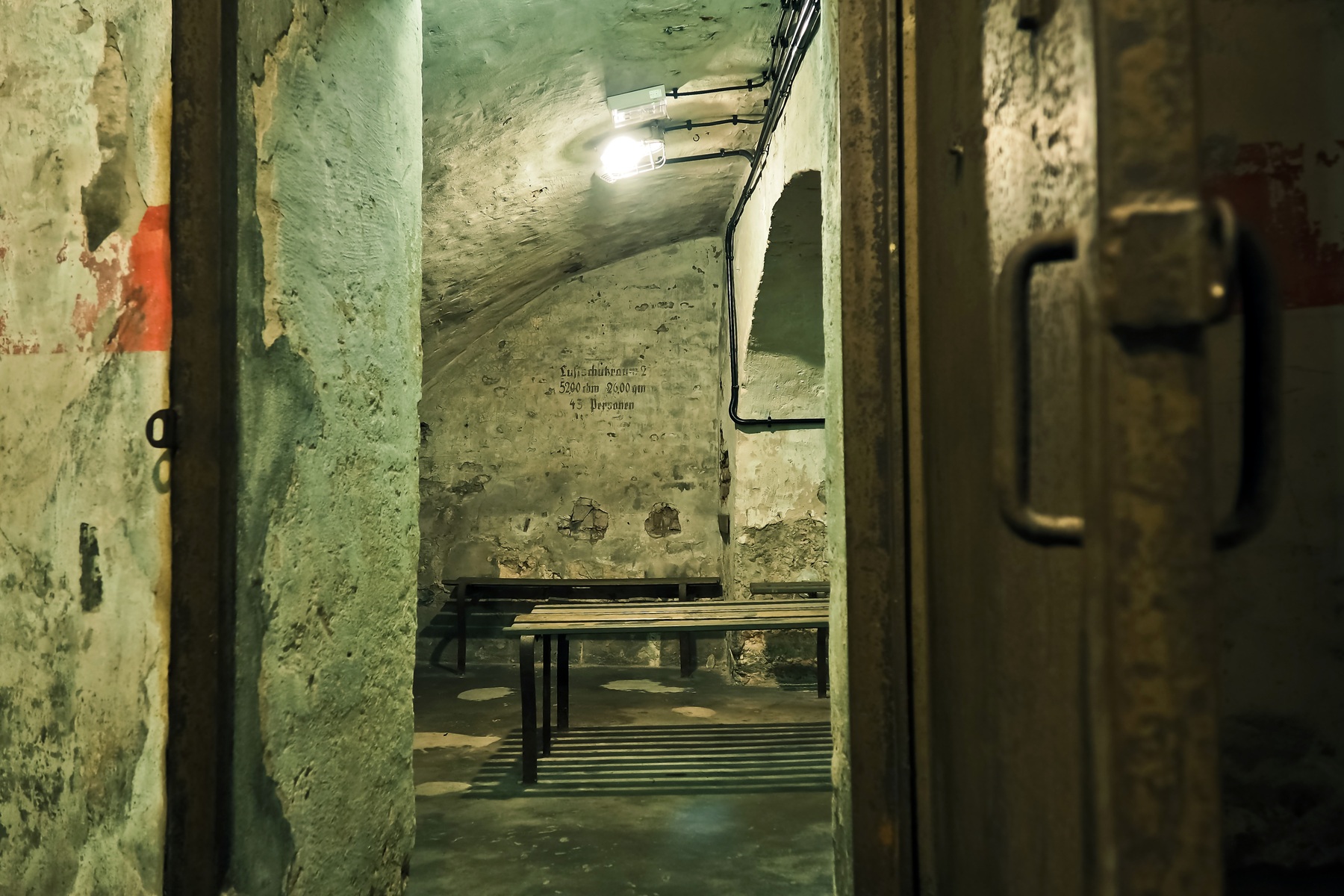Exploring World War II Bunkers: From Coast to Countryside
World War II bunkers, remnants of a tumultuous past, serve as powerful symbols of a time when the world was in upheaval. Scattered across coastlines and inland areas, these structures were not merely defensive installations; they were vital components of military strategy. Positioned strategically to protect against aerial attacks and naval invasions, bunkers remind us of the stakes involved in global conflict.
As war ended and peace returned, many of these bunkers fell into disuse, and subsequent urban development claimed a significant number of them. Cities expanded, and infrastructure projects often overshadowed these historic sites. However, despite many bunkers being lost to modernity, there remains a passionate community of enthusiasts dedicated to their restoration and preservation.
One prominent figure in this movement is Royston Cooper, an esteemed businessman and history aficionado with a profound respect for wartime heritage. Royston owns two World War II bunkers located in the scenic West Sussex area. Through painstaking efforts, he has successfully restored these structures to their former glory, transforming them from neglected relics into educational sites. His dedication resonates within the community, bringing together history lovers and the curious alike.
Royston reflects on his motivations for restoring these bunkers, saying, “I’ve always had a love for history, particularly the stories and sacrifices associated with the war. Restoring these bunkers represents more than just preserving a building; it’s about honouring the bravery and resilience of those who lived through such challenging times. Each bunker has its own story, and I feel privileged to be a part of telling that story.”
What makes Royston’s restoration efforts even more commendable is his choice to use these sites to give back. By opening the restored bunkers to the public for a small fee, he ensures that all proceeds are donated to Great Ormond Street Hospital, a renowned paediatric hospital in London. “It fills me with pride to contribute to such a worthy cause,” Royston explains. “Every visit not only allows people to experience a piece of history, but it also contributes to improving the lives of children in need.”
Beyond personal pride, Royston aims to inspire awareness and appreciation for historical preservation. The bunkers provide a unique opportunity for visitors to step back in time, understanding the strategic significance they held during World War II while also reflecting on the sacrifices made by countless individuals.
As urban development continues to encroach on historical sites, the efforts of enthusiasts like Royston Cooper become increasingly important. They not only contribute to the preservation of our shared history but also foster community engagement and awareness about what these structures represent.
In a world that often prioritizes progress over preservation, Royston’s initiatives exemplify that we can move forward while still honouring the past. By fostering a connection between history and charitable support, he ensures that the legacy of the war and the importance of community support endure in tandem. The story of these bunkers continues, not just as relics of war, but as reminders of human resilience and the ongoing fight for a brighter future.




